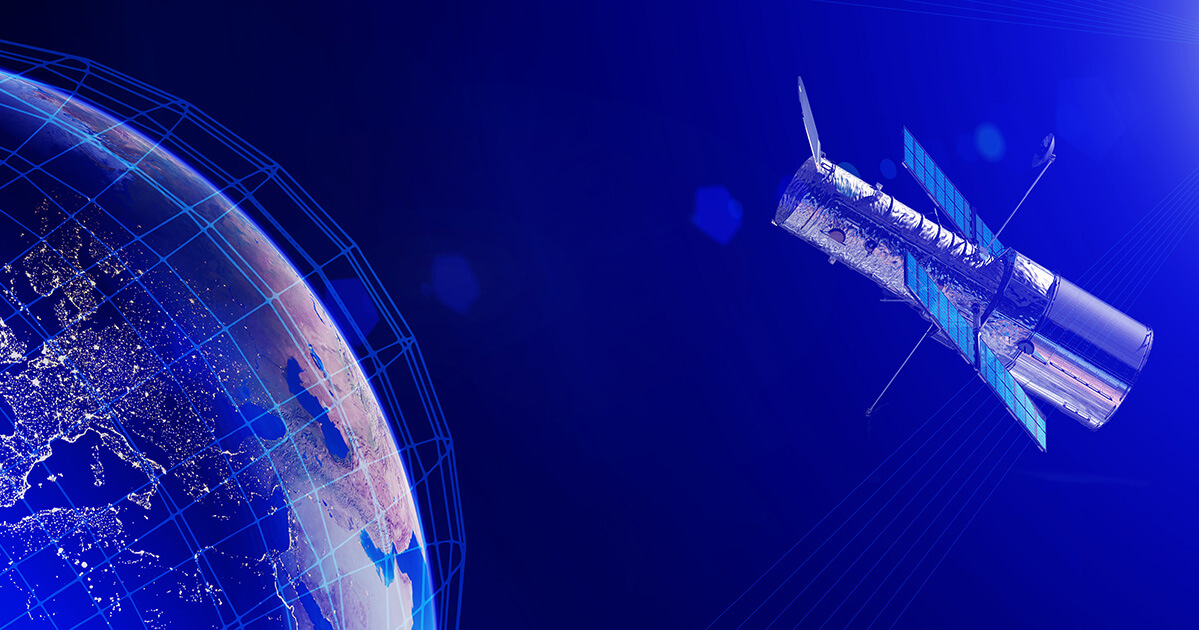
Dec. 9, 2021
Two recent FAA airworthiness directives (ADs) underscore the aviation industry’s ongoing concerns over the imminent deployment of 5G data transmission networks, despite assertions from telecommunications providers and the Federal Communications Commission (FCC) that such networks do not pose a significant threat of radar altimeter interference.
In January, wireless providers will begin nationwide deployments of 5G networks operating in bandwidth from 3.7-3.98 gigahertz, near frequencies used by radar altimeters to provide direct, real-time information of aircraft height over terrain.
The ADs – one applicable to transport category fixed-wing aircraft equipped with radar altimeters, the second to helicopters – require operators to insert flight manual limitations prohibiting use of those systems when operating in specific areas NOTAM’d for potential 5G interference. Such limitations will severely curtail many aviation operations in low-visibility conditions.
View the fixed-wing aircraft AD.
NBAA is part of a coalition of industry groups representing the world’s leading aerospace manufacturers, airlines, pilots and operators, calling on the FCC to work with the FAA and other aviation stakeholders to fully address 5G interference concerns without impacting existing operations.
In a statement this week, the coalition noted potential impacts from 5G interference include “delayed and cancelled passenger flights; delayed air cargo shipments; significant schedule disruptions; and inability for first responders, military, and law enforcement to fly helicopter missions.”
“[We continue] to call for a long-term solution that will protect the flying public by ensuring radio altimeters operate accurately while allowing 5G to roll out safely,” the coalition said, noting the group has proposed additional mitigations that build upon measures from 5G network providers. “The goal is to avoid disruptions to aviation operations.”
In a Dec. 7 statement, the FAA termed the ADs “an important step” toward the safe co-existence of 5G telecommunications and vital aviation systems, as the agency “gather[s] more information to avoid potential effects on aviation safety equipment.
“The FAA is working closely with the [FCC] and wireless companies and has made progress toward safely implementing the 5G expansion,” the agency continued. “We are confident with ongoing collaboration we will reach this shared goal.”
The FCC maintains suitable limits are in place to prevent such interference or can be deployed in the event of demonstrated impact to aviation systems. Initially, the new 5G networks will also operate at reduced power as providers and the commission further gauge interference concerns.


 International Business Aviation Council Ltd.
International Business Aviation Council Ltd.